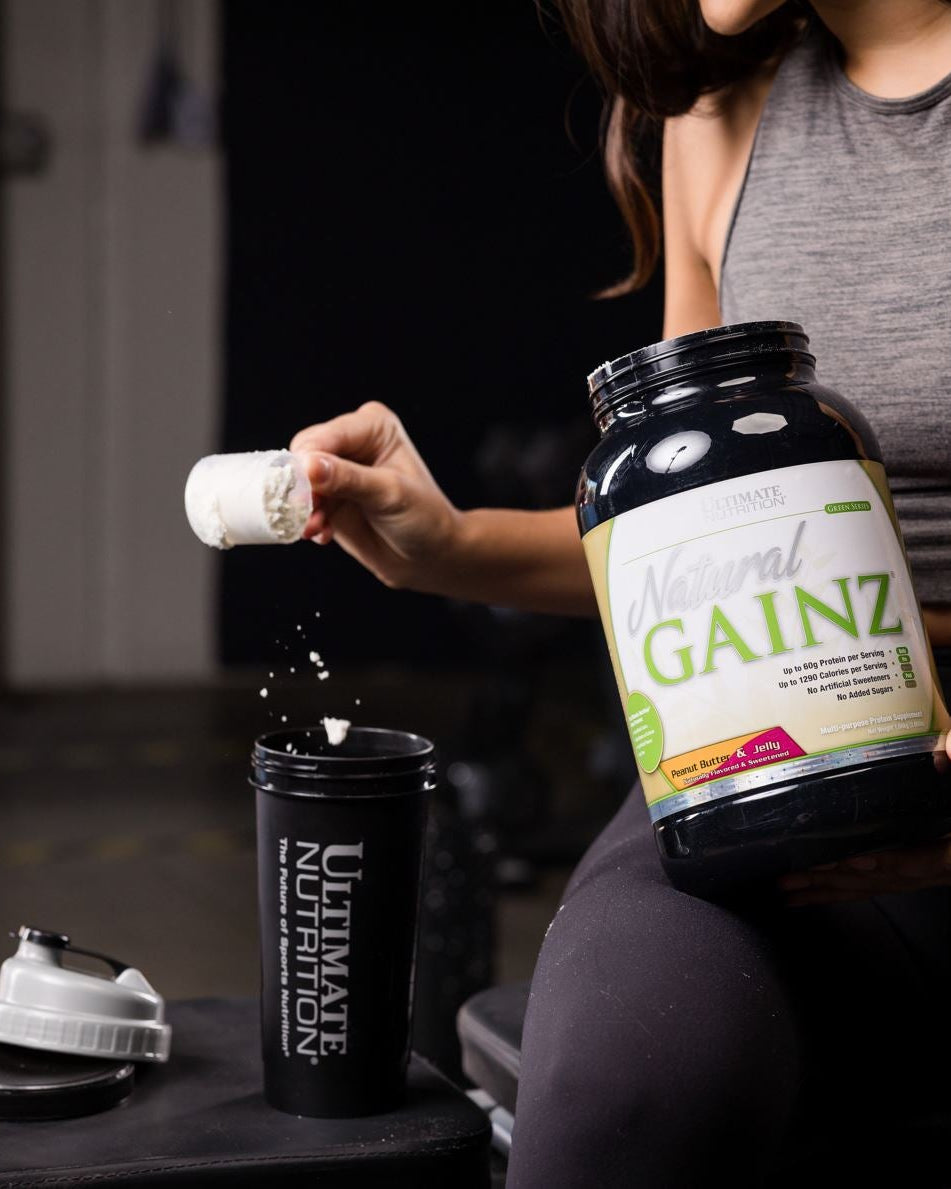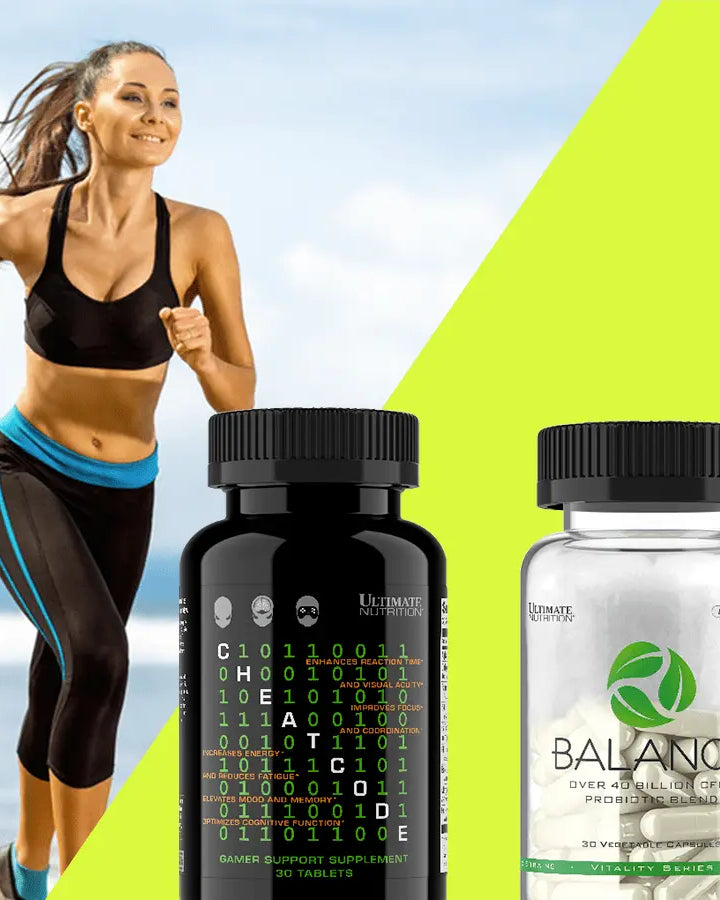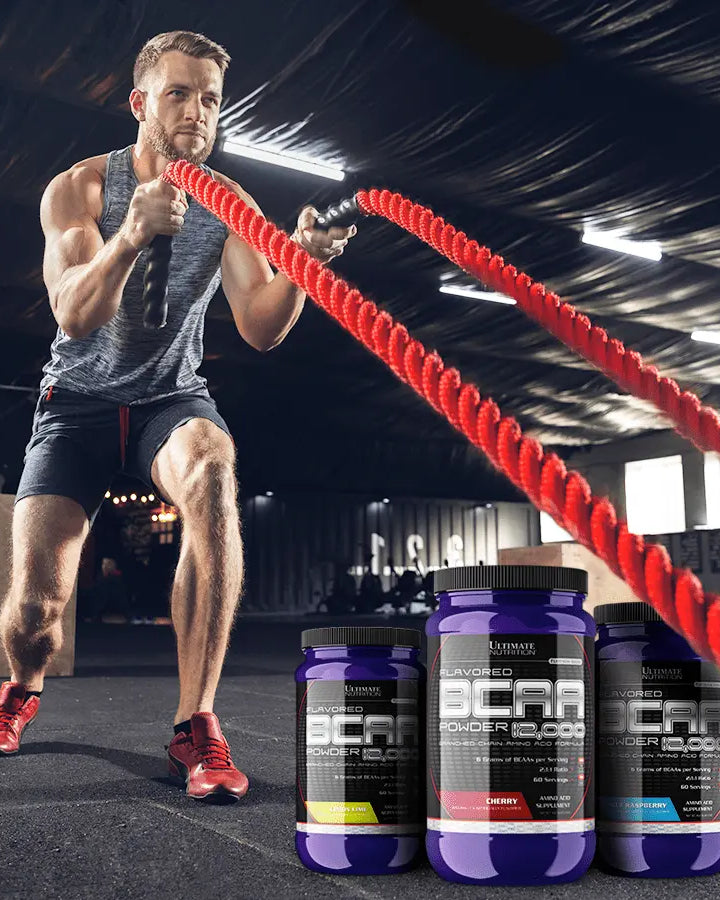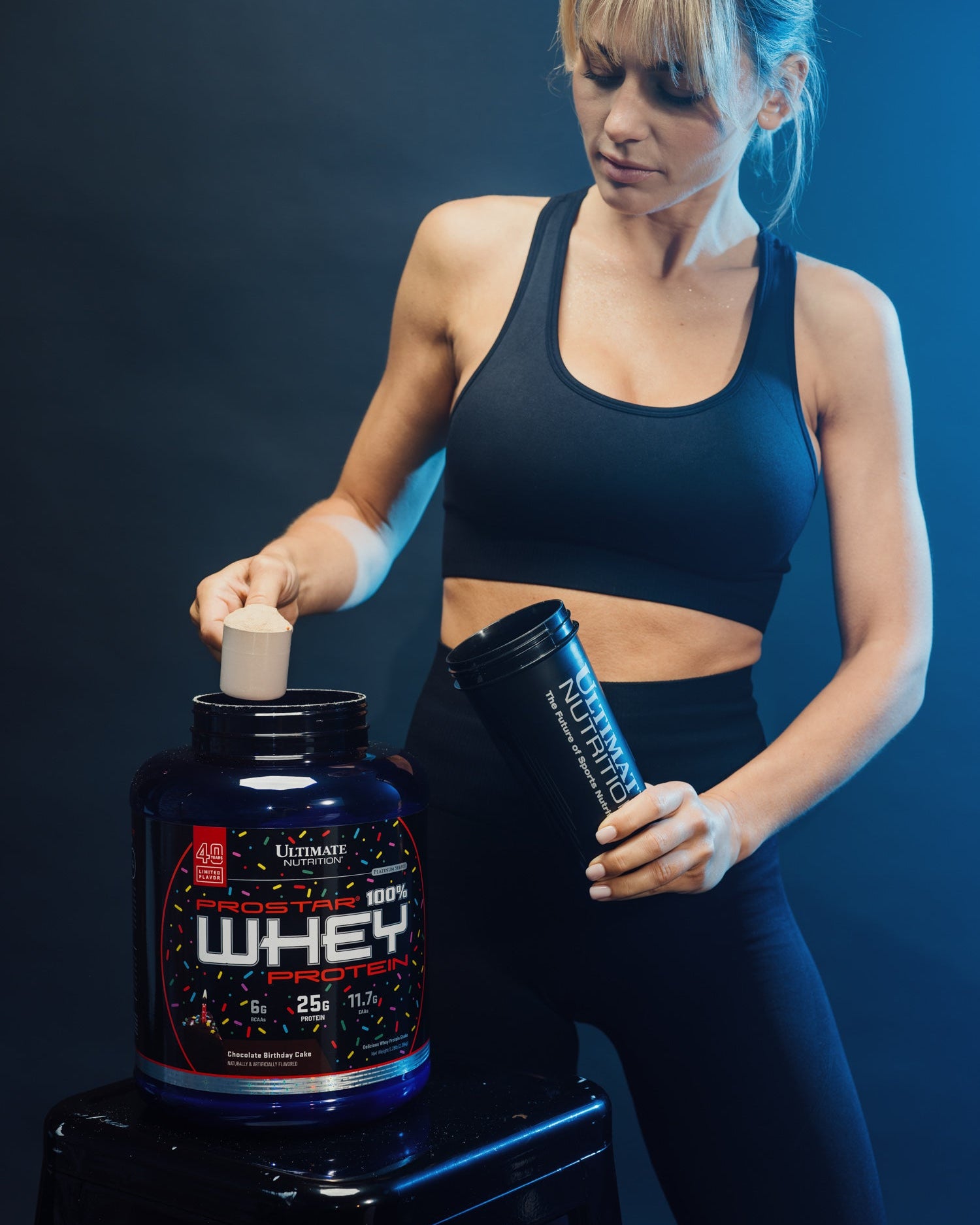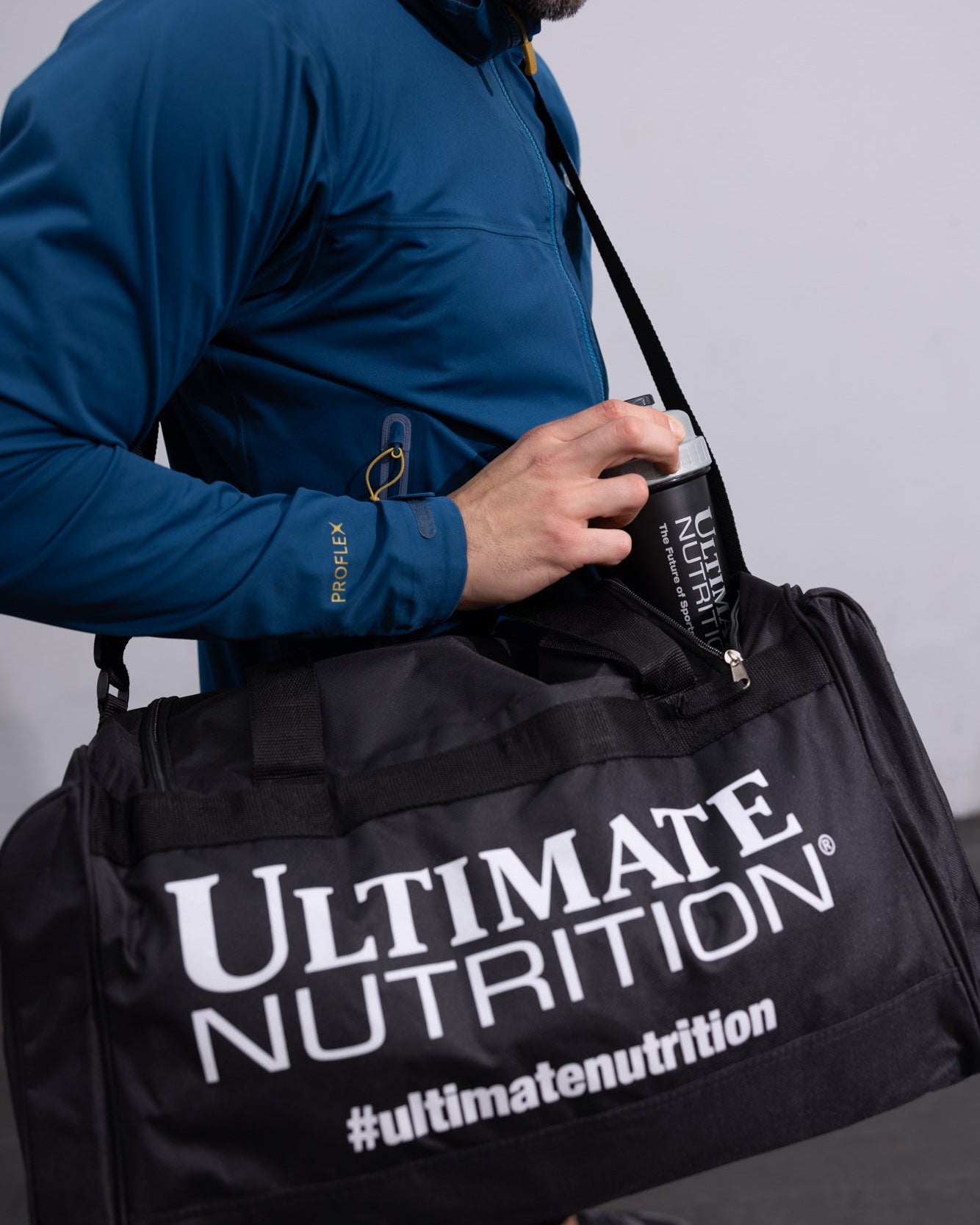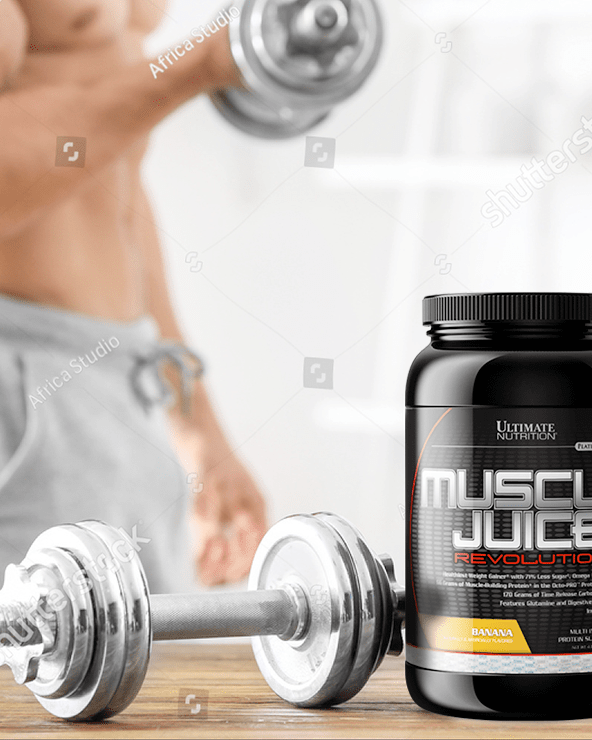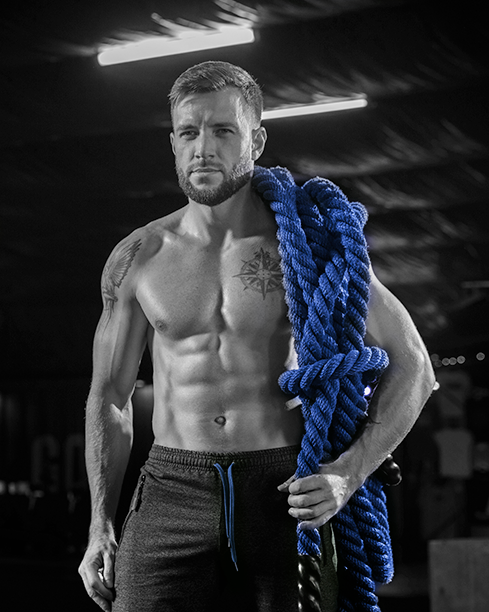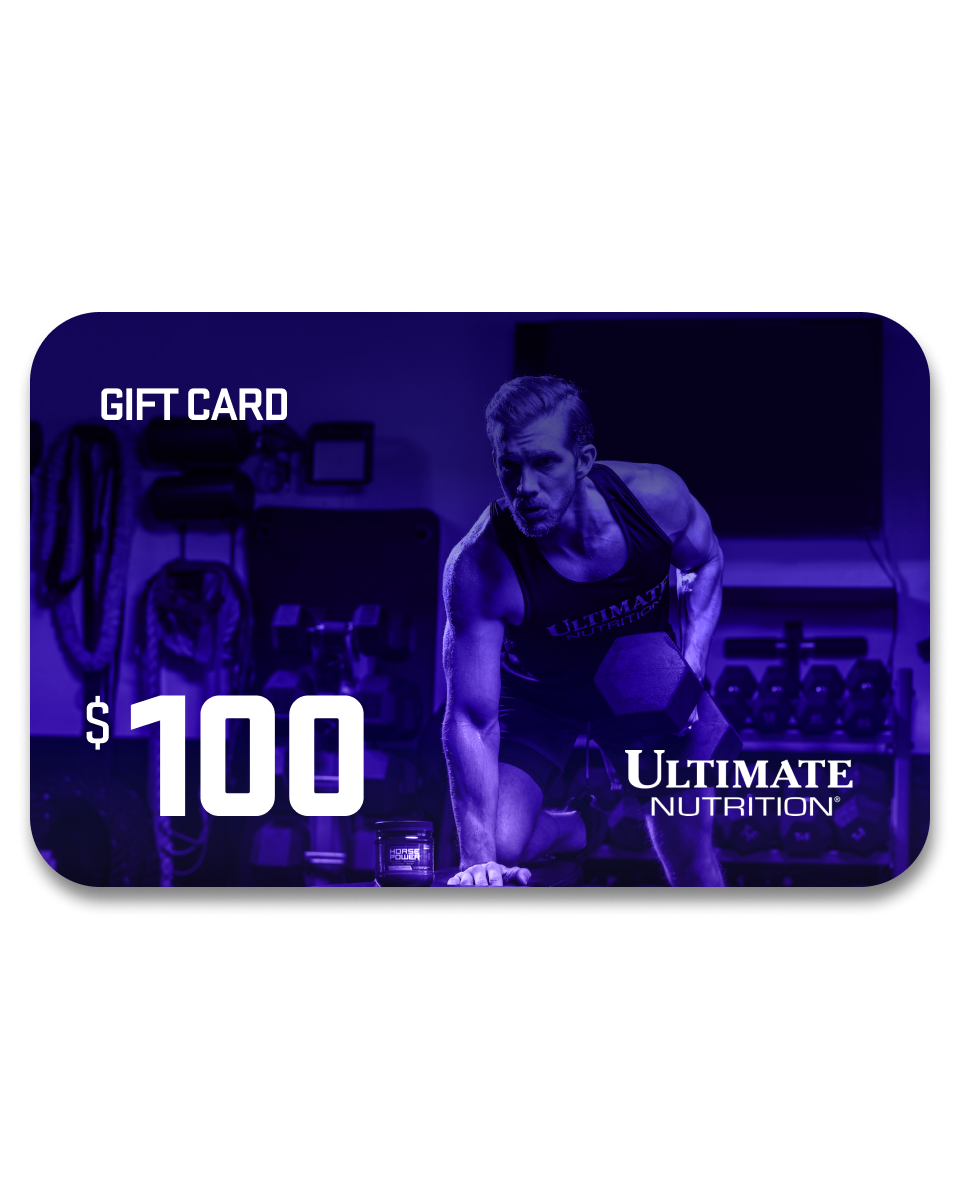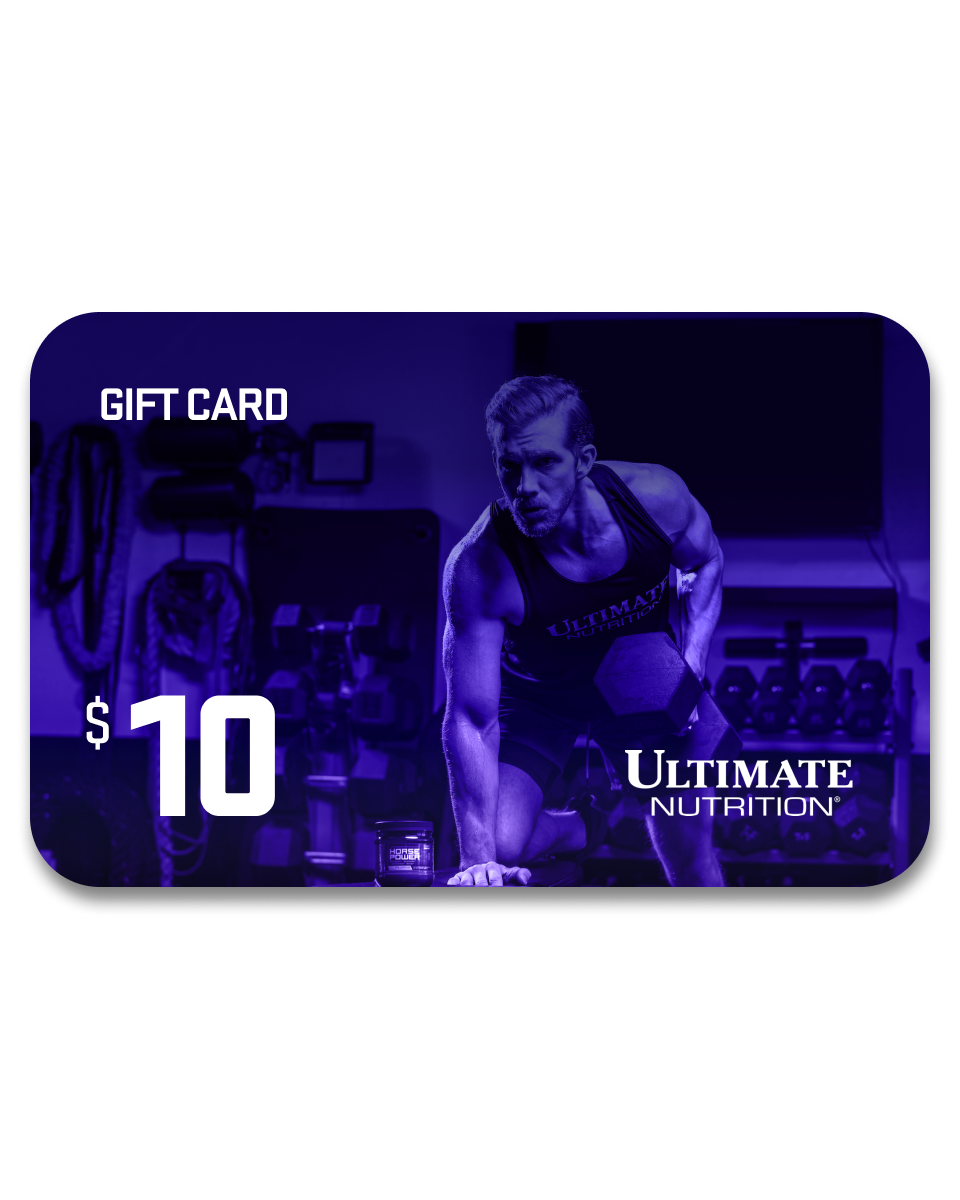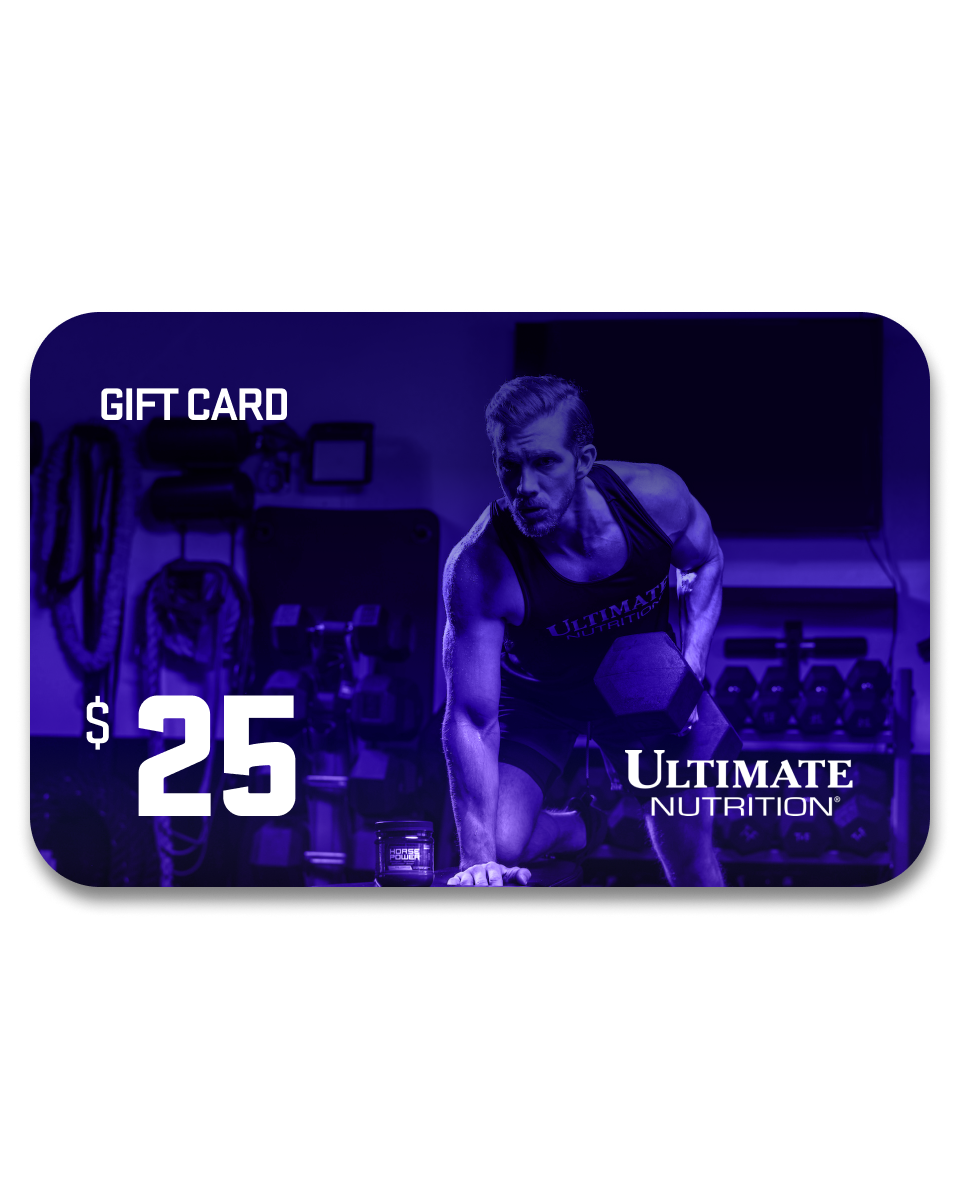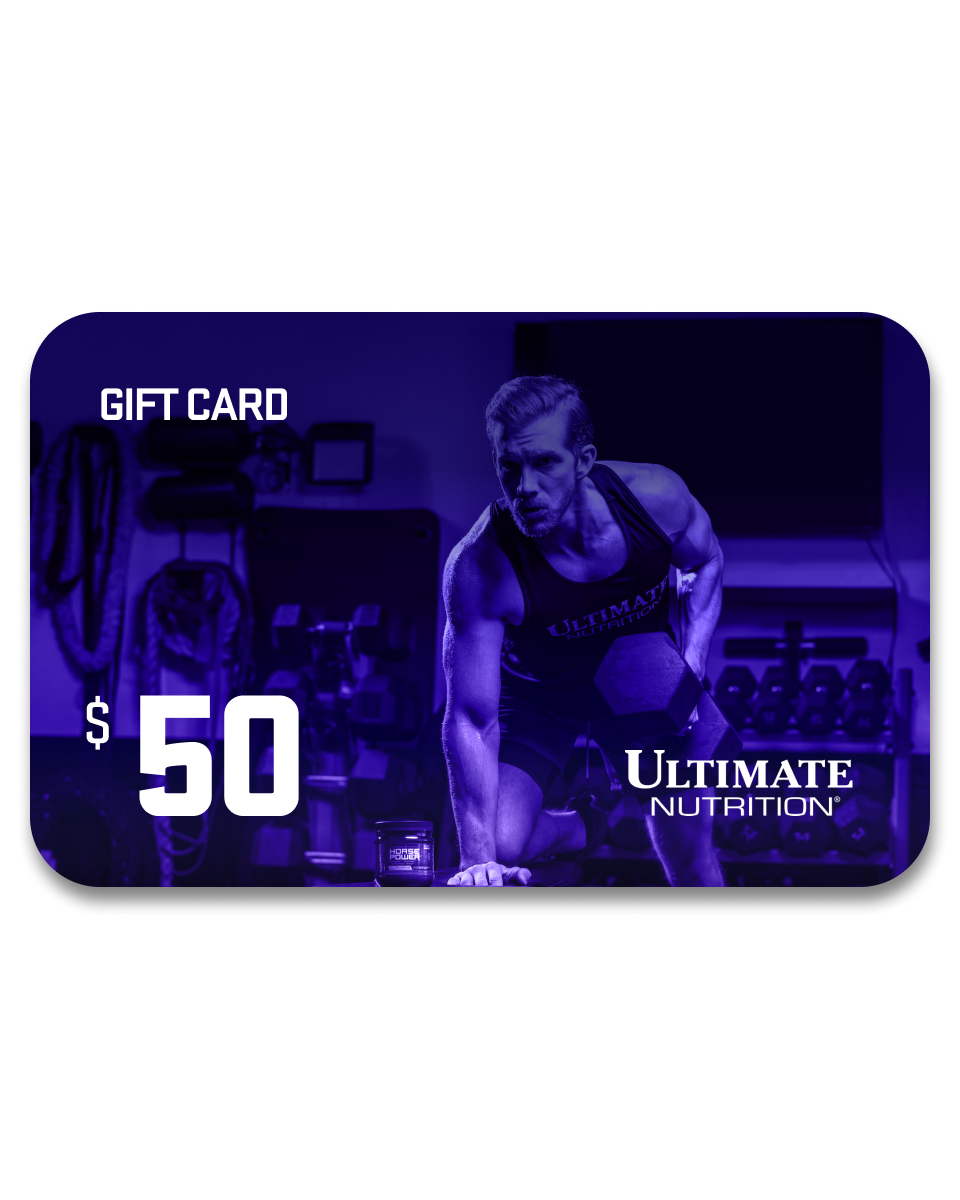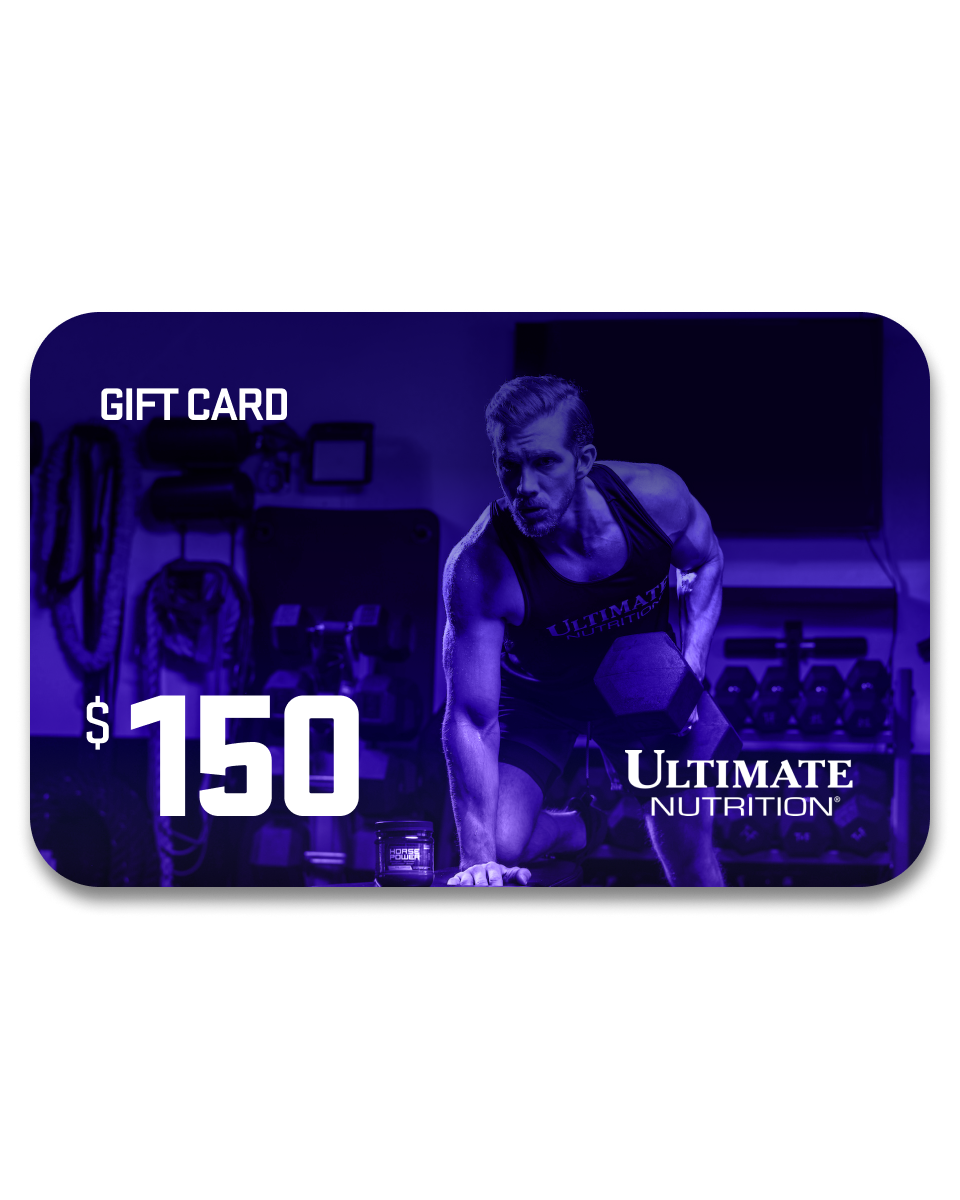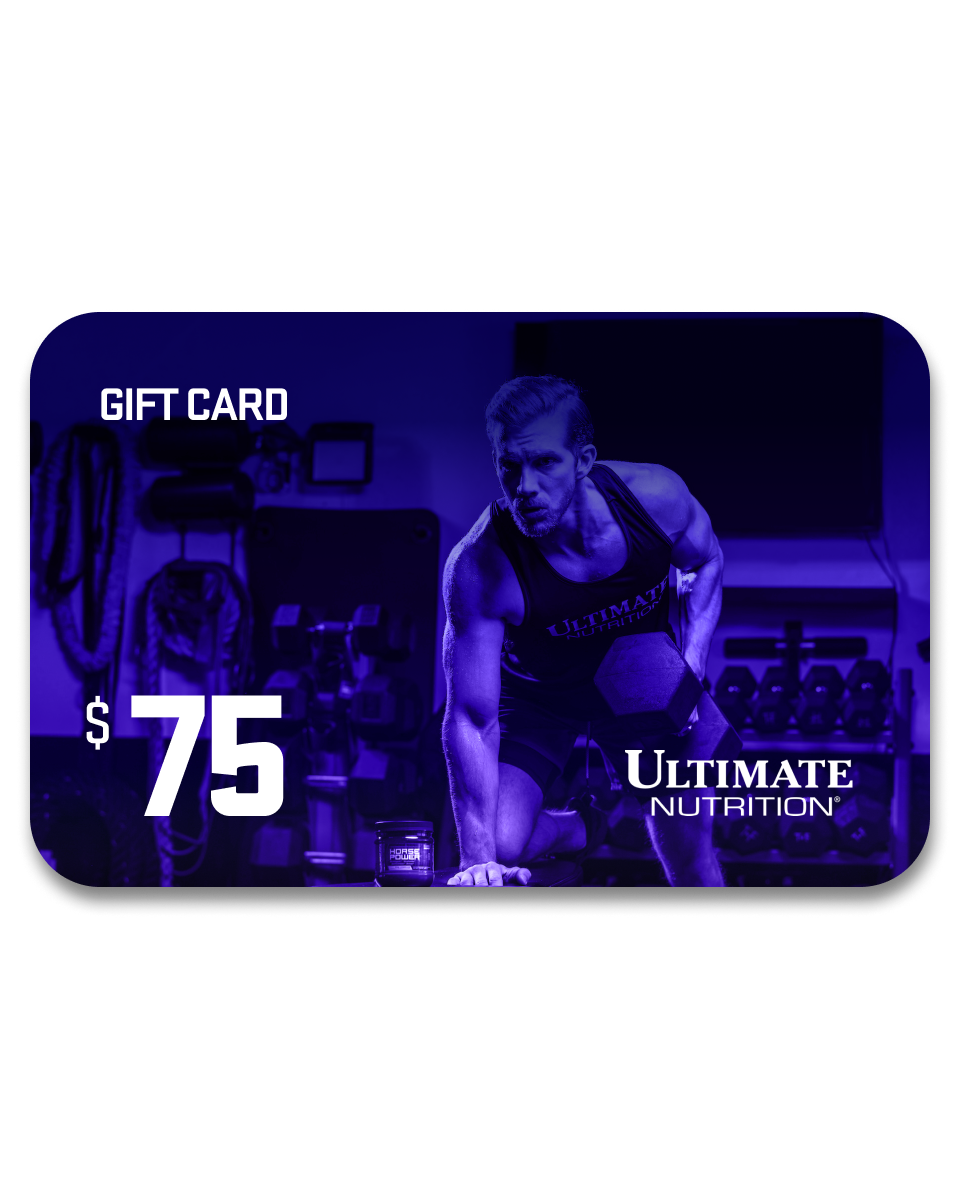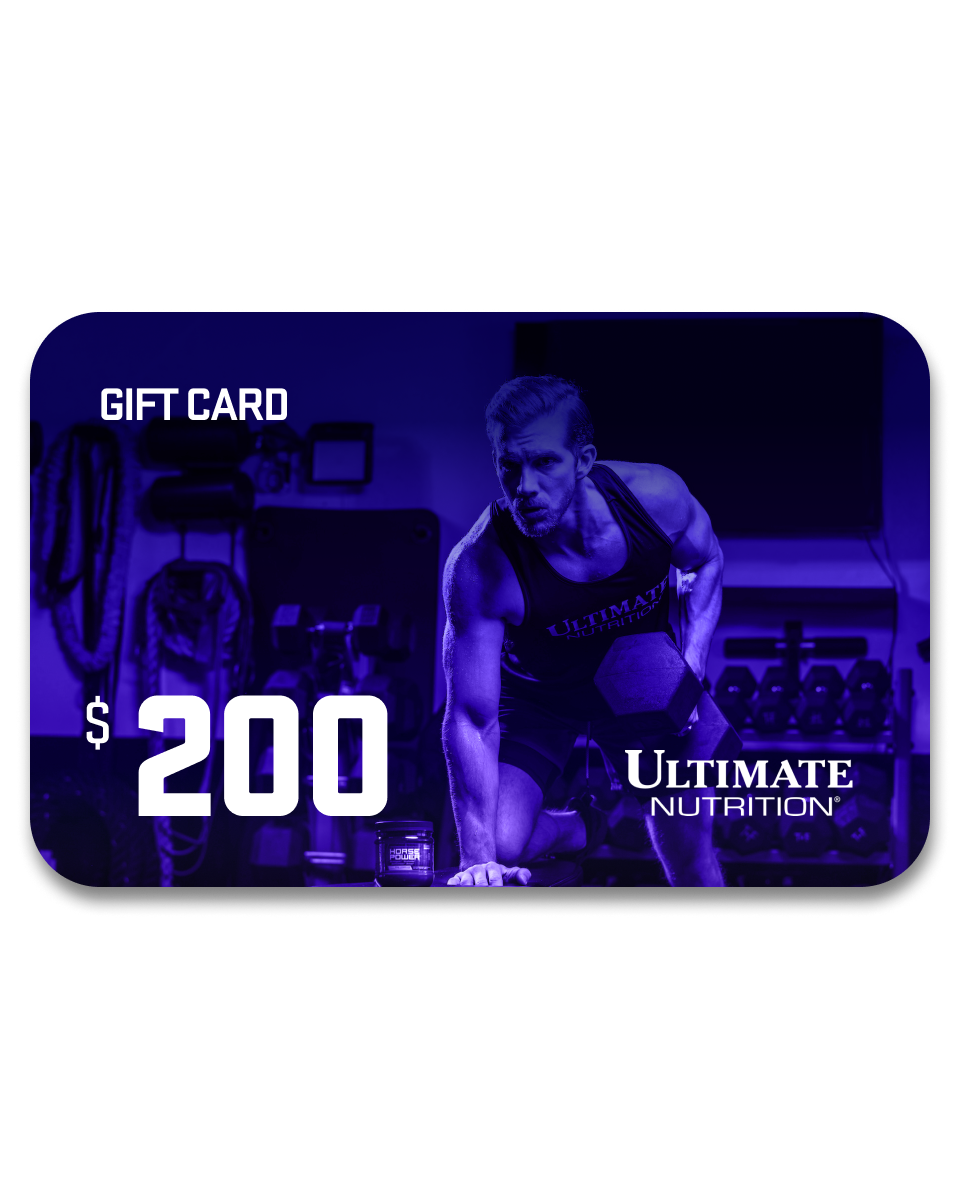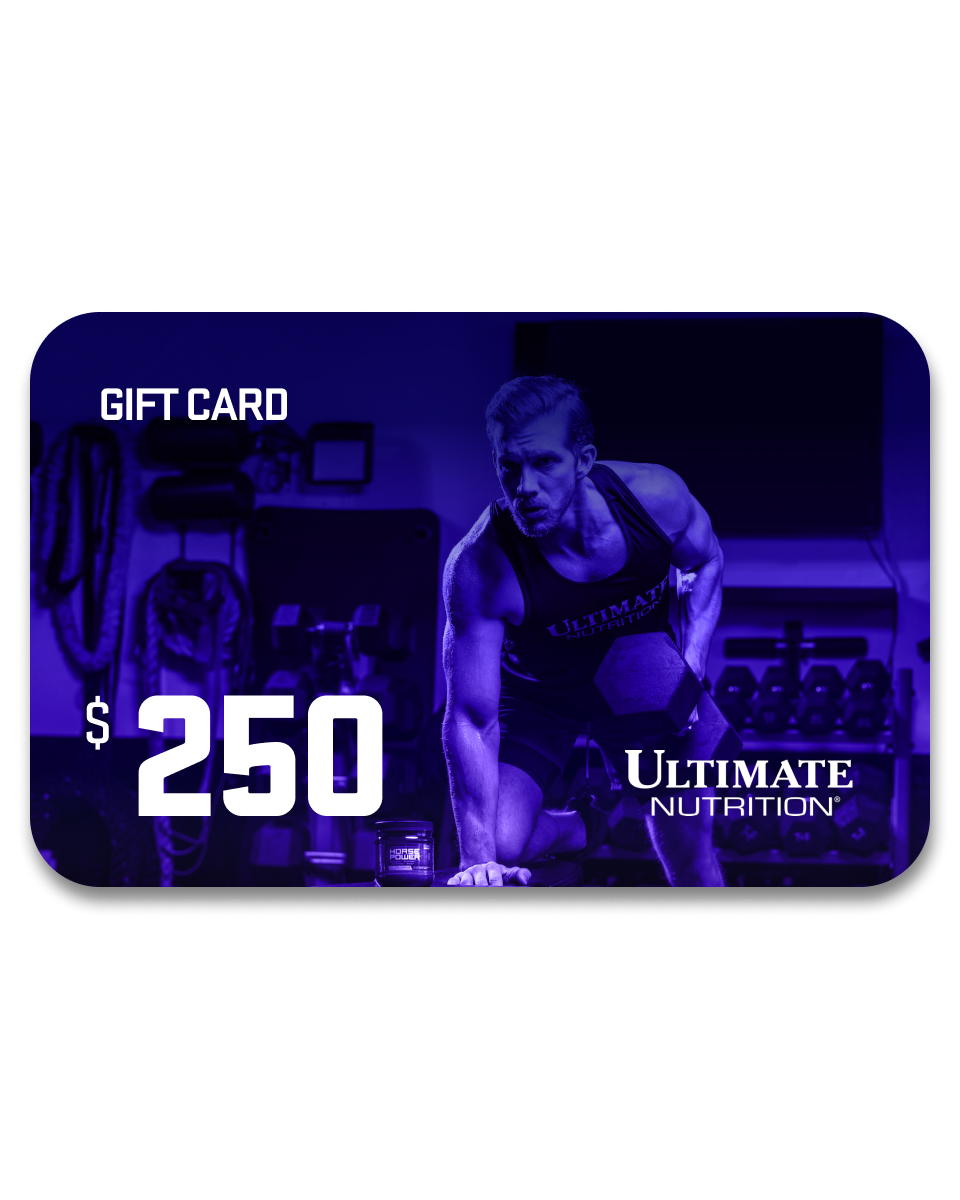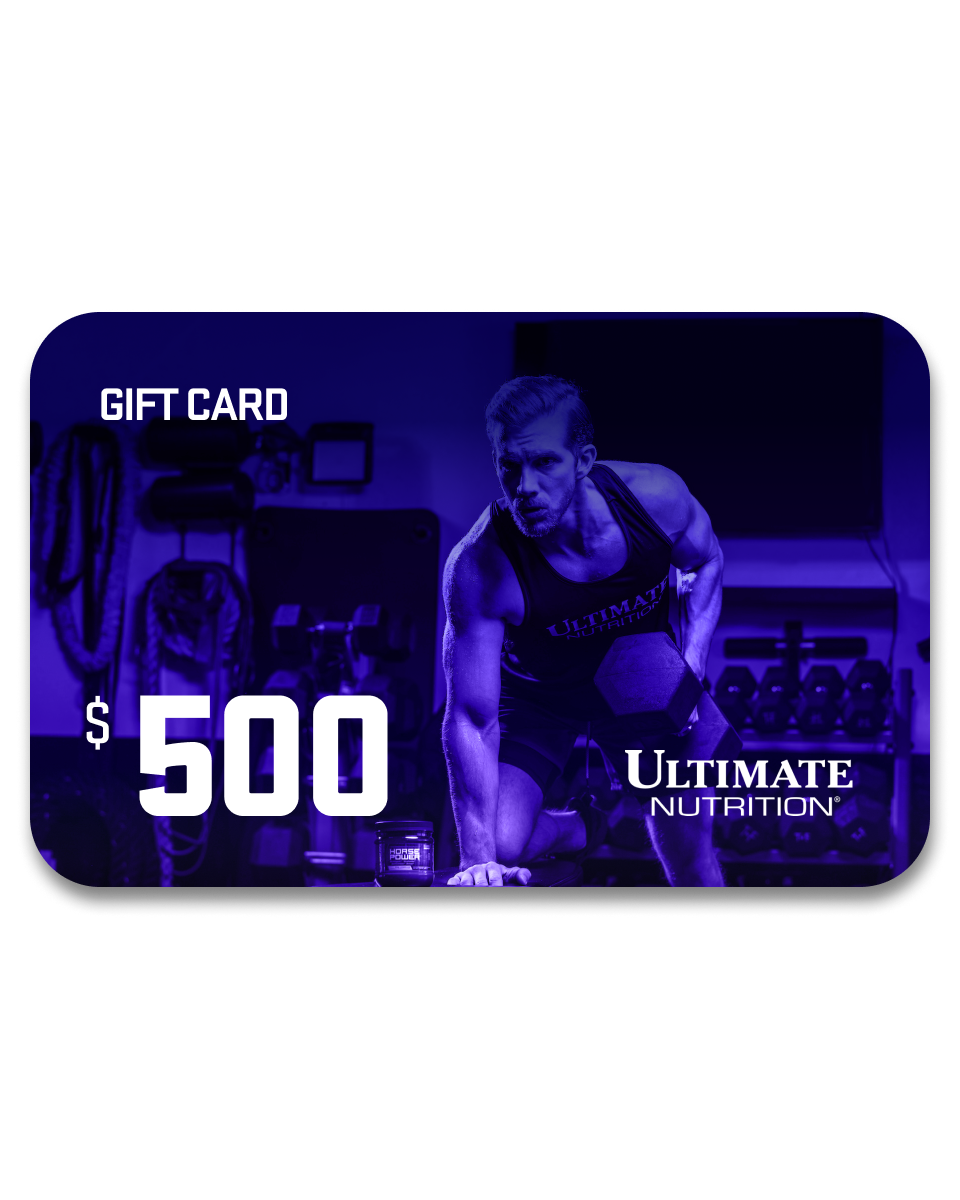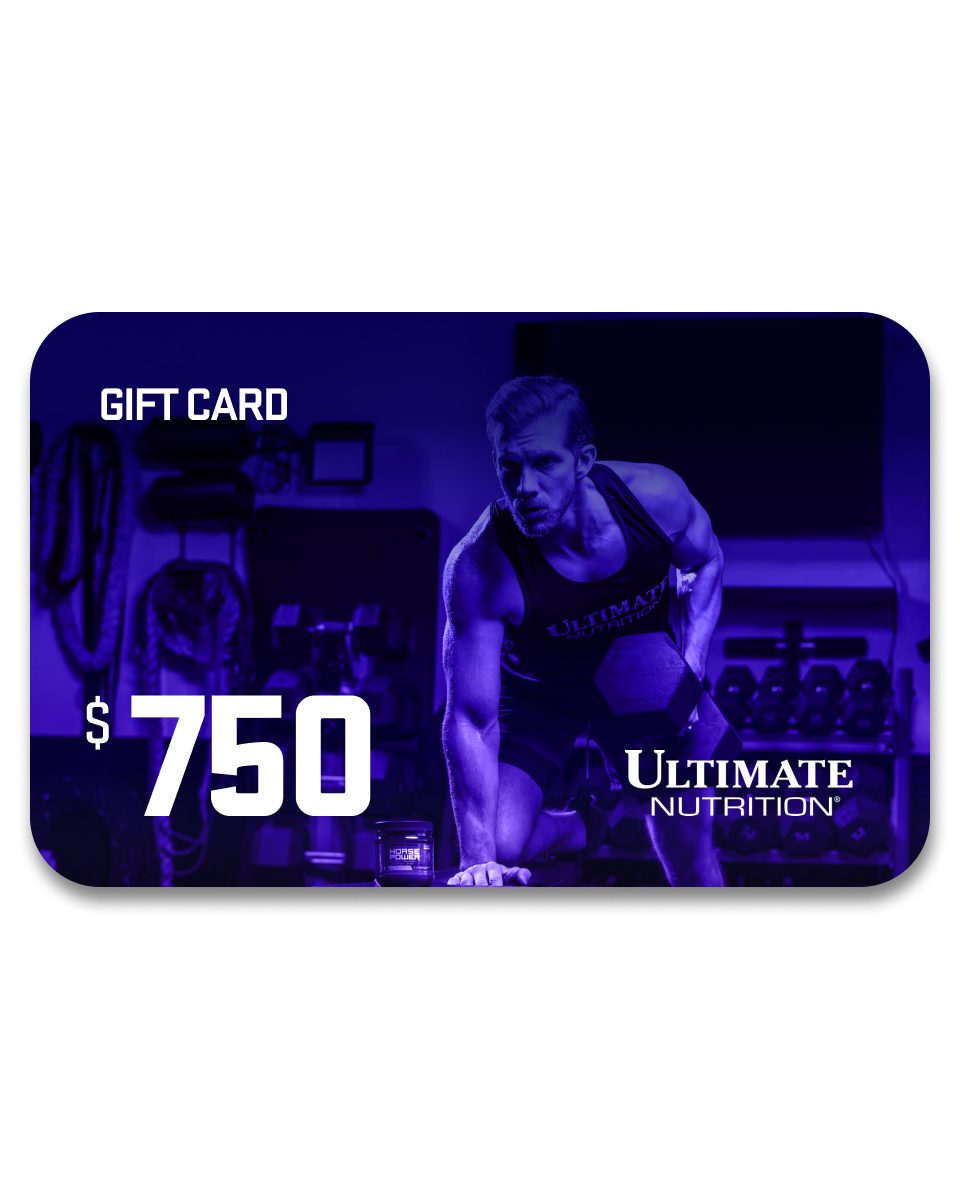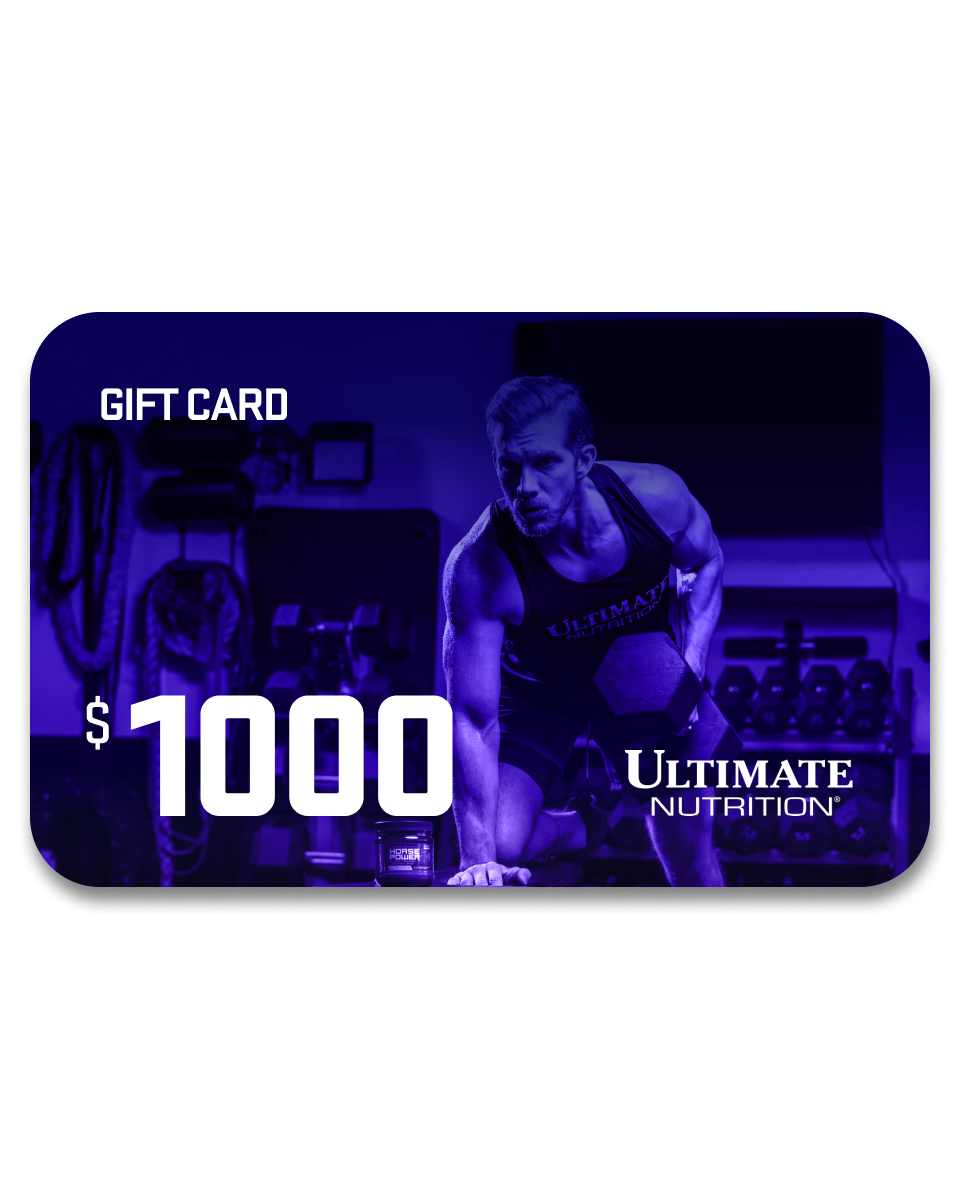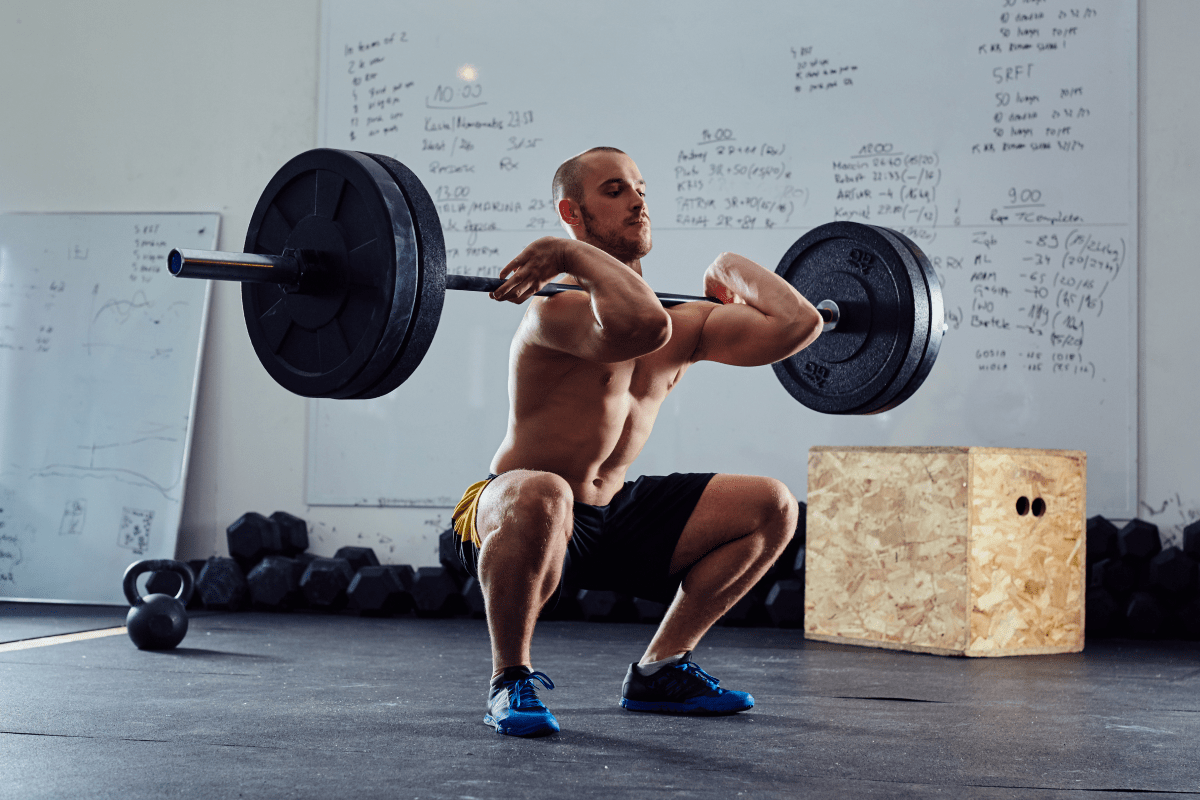Squats are the bedrock of any strength and conditioning program because they are unparalleled in their muscle-building ability. Front and back squats stand out for their effectiveness and efficiency.
Both exercises are effective but serve slightly different purposes and emphasize different muscle groups. This article will help you understand the nuances of each squat variation.
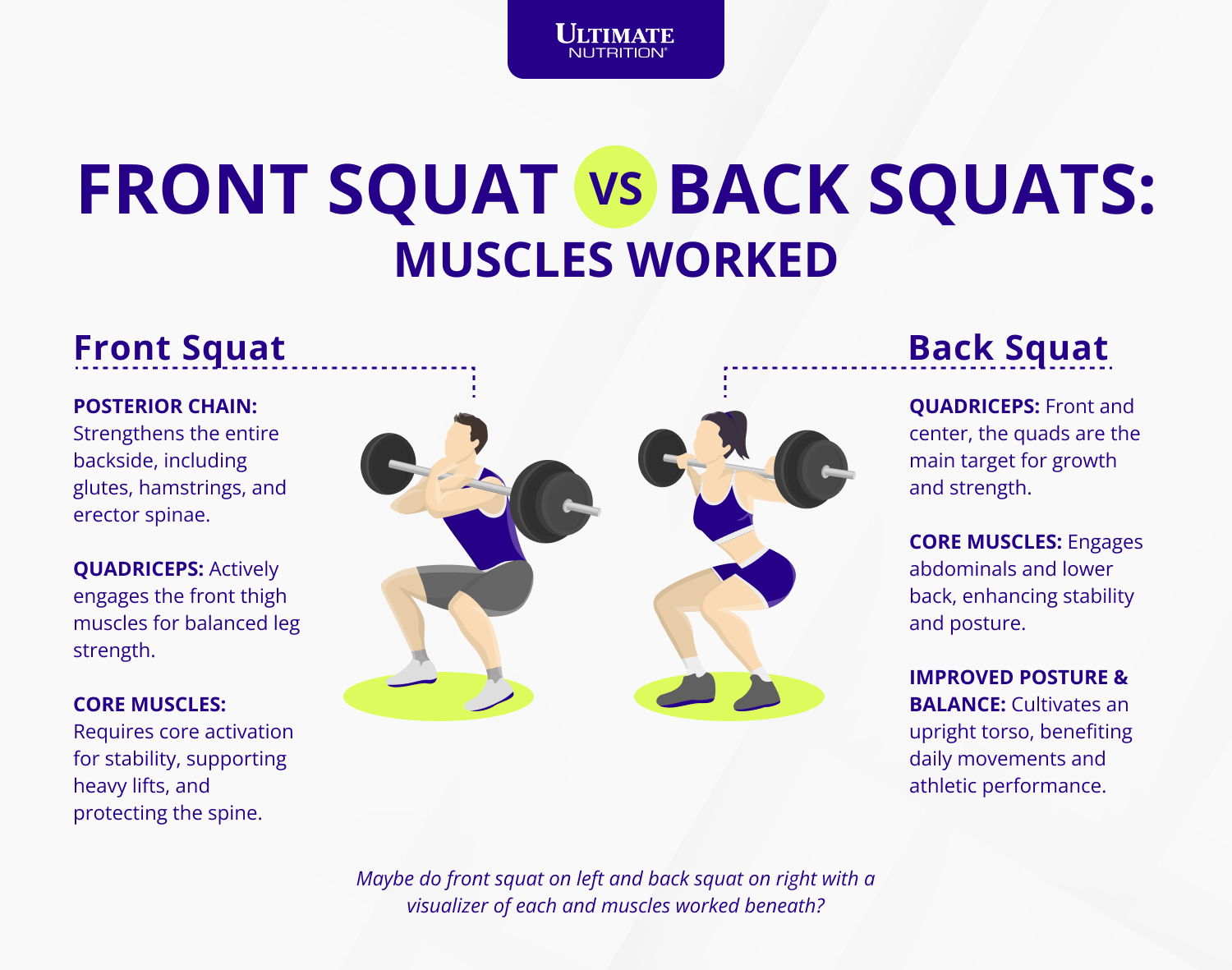
Breaking Down the Front Squat
Understanding the mechanics of the front squat is crucial for reaping the full benefits.
The Proper Front Squat Form
The front squat is characterized by the barbell resting on the front shoulders, just above the chest, with the elbows high and pointing forward.
This position requires the lifter to maintain an upright torso throughout the movement, significantly emphasizing thoracic spine extension and core stability.
How to Perform a Front Squat
To execute a front squat:
- Stand with feet shoulder-width apart, toes slightly turned out.
- Clean the bar to your shoulders, or use a squat rack to position it. Cross arms to form an 'X' and secure the bar on the shoulders, or keep elbows high with hands gripping the bar.
- Descend by bending the knees and hips, keeping the chest up and back straight.
- Drive up to the starting position through the heels, maintaining a strong, upright posture.
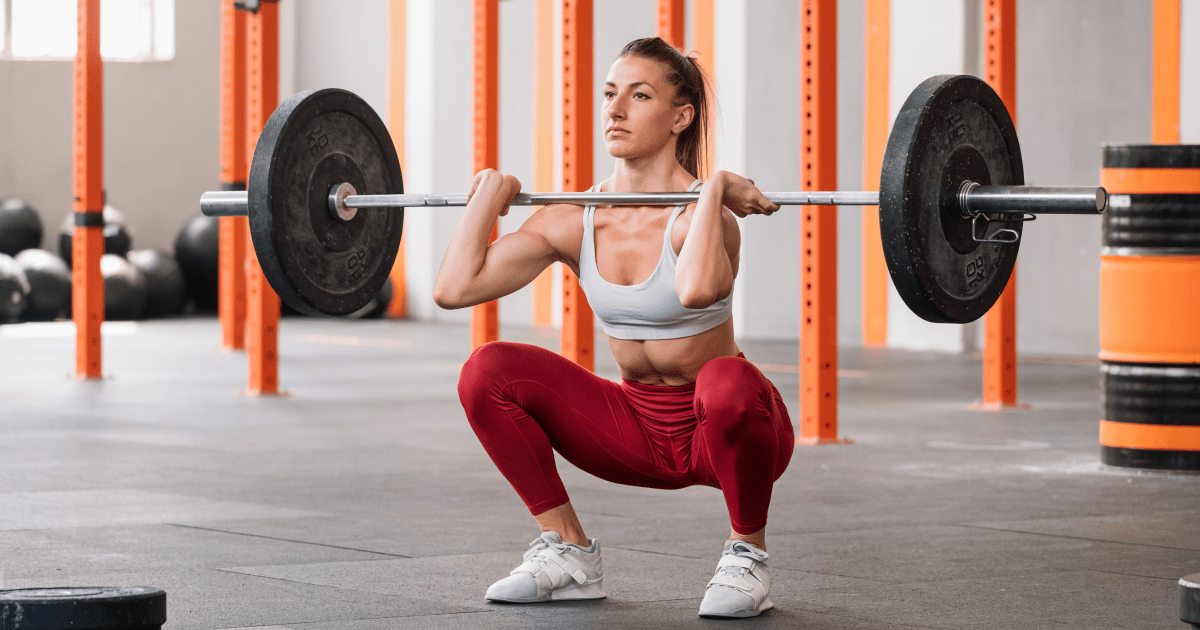
Front Squat Muscles Worked
Let’s delve into the specific muscles activated by the front squat.
Quadriceps
The upright posture required in front squats significantly emphasizes the quadriceps.
This focus on the front of the thigh ensures the quadriceps are engaged more intensively than in other squat variations, promoting exceptional growth and strength in these muscles.
Core Muscles: Abdominals and Lower Back
The front rack position of the front squat demands substantial engagement from the core muscles, including the abdominals and the lower back.
This engagement is essential for maintaining stability during the lift, supporting heavy loads, enhancing athletic performance, and safeguarding against injuries.
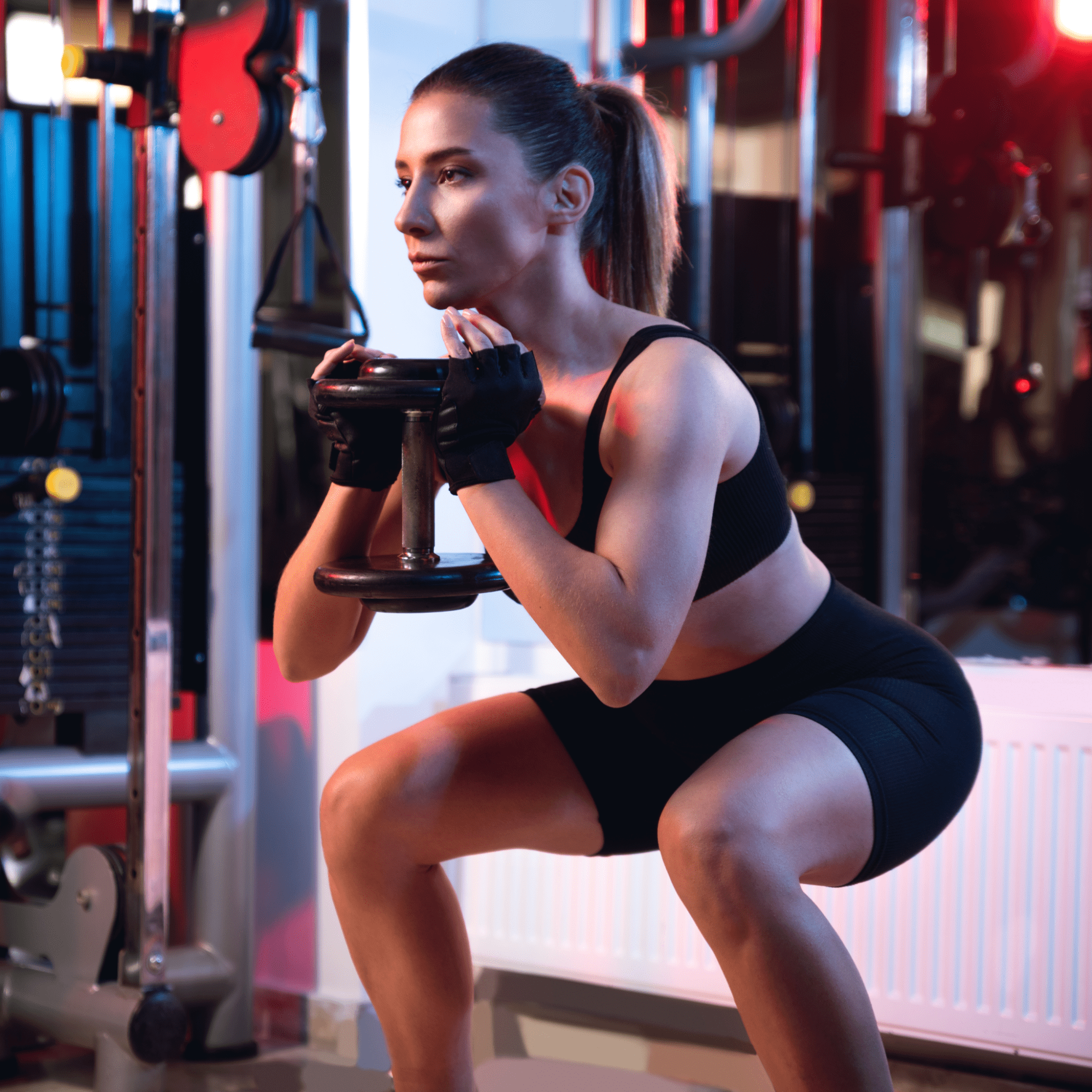
Front Squat Alternatives
For those who may find front squats challenging due to flexibility issues or prefer variety, several alternatives can effectively target similar muscle groups.
- Goblet Squats: This variation involves holding a weight in front of your chest with both hands, emphasizing quad strength.
- Zercher Squats: In this squat, the barbell is secured in the crooks of the elbows, directly targeting the quads and core.
- Dumbbell Front Squats: This exercise mimics the front squat's effect on the quads and core, with the added challenge of balancing separate weights.
- Leg Press: A machine-based exercise that pushes your weight upward with your legs.
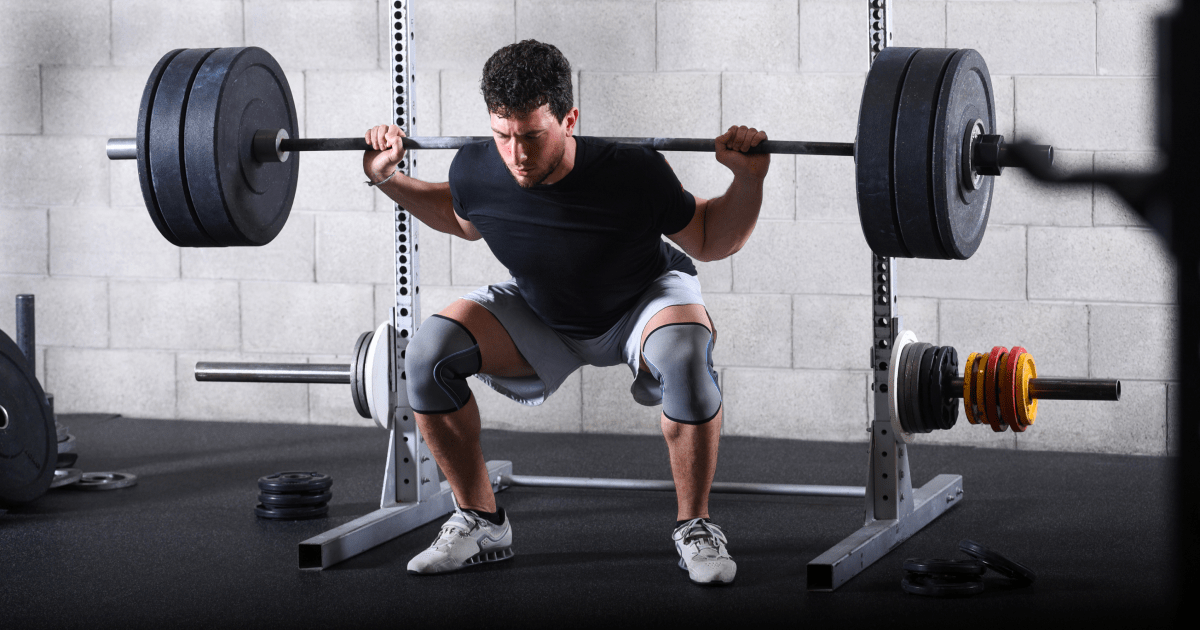
Diving Into the Back Squat
The back squat is a powerhouse for building strength and muscle mass across the lower body and posterior chain.
The Proper Back Squat Form
With back squats, your barbell positioning can vary.
The weight can rest on your traps for a high bar position, which emphasizes your quadriceps, or on your rear deltoids for a low bar position, which focuses on your hips and hamstrings.
This variation allows for a slight forward lean during the squat, engaging the posterior chain more effectively.
How to Perform a Back Squat
The key steps include:
- Position the barbell on the desired spot on your upper back.
- Step out of the rack with your feet shoulder-width apart, toes slightly turned out.
- Initiate the squat by sitting back and down, keeping the weight on your heels.
- Descend until the hips are at least parallel to the knees, keeping the knees in line with the toes.
- Drive up to the starting position, pushing through the heels.
Back Squat Muscles Worked
The back squat targets a comprehensive set of muscles for enhancing lower body strength and development.
Posterior Chain: Glutes, Hamstrings, and Erector Spinae
The back squat's characteristic slight forward lean extensively works the glutes, hamstrings, and erector spinae (muscles along your spine), facilitating balanced development across the legs and posterior chain (muscles on the back of the body).
This muscle engagement is vital for enhancing lower body strength, improving posture, and boosting athletic performance.
Quadriceps
Although primarily known for targeting the posterior chain, back squats also significantly engage the quadriceps. The action of descending and ascending during the squat places substantial demand on the front thigh muscles, contributing to a well-rounded lower body strength.
Core Muscles
Executing a back squat requires activating core muscles to stabilize the body throughout the lift.
These include the abdominals and the muscles surrounding the spine, which work together to maintain posture and protect the back during the heavy lifting phase.
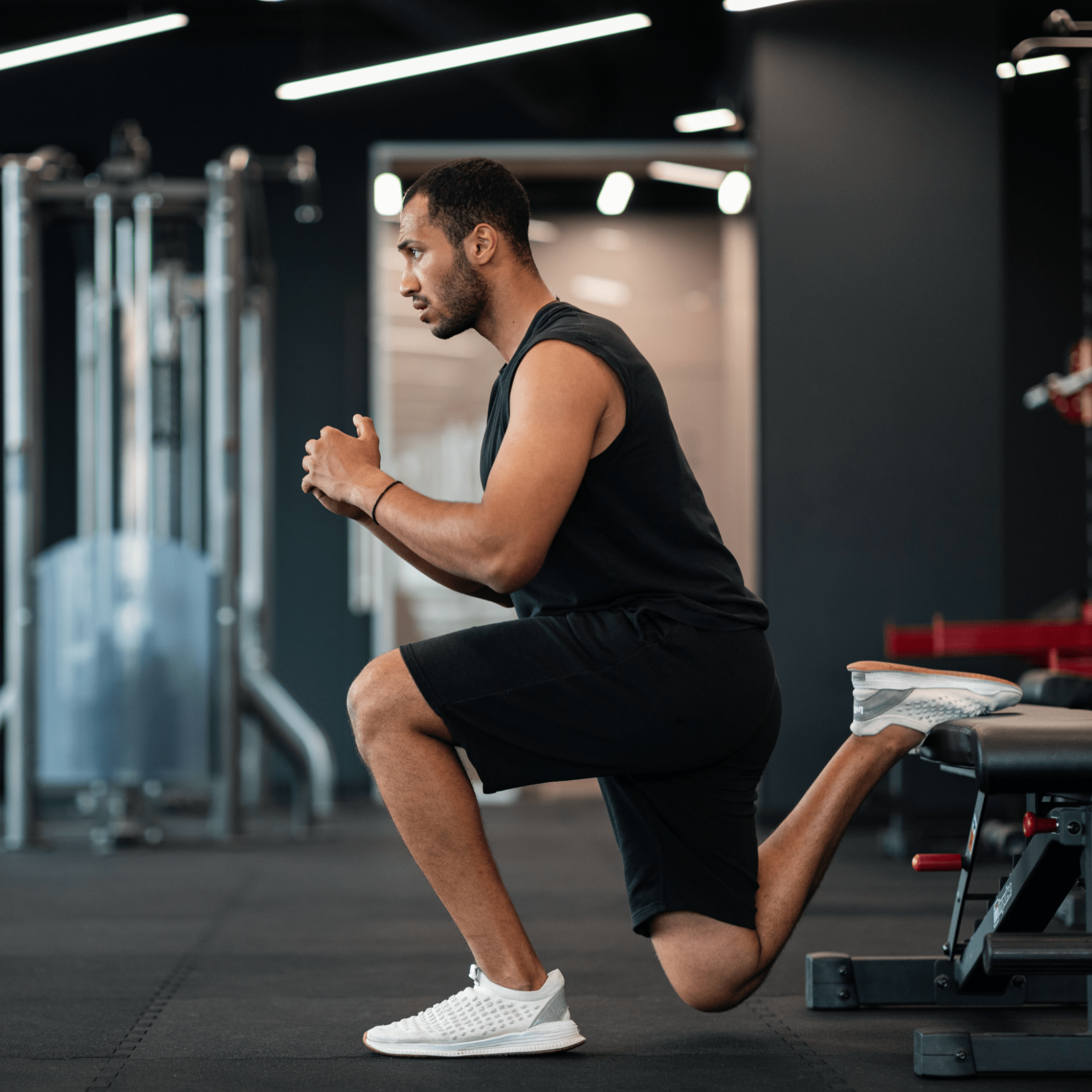
Back Squat Alternatives
- Box Squats: This exercise encourages proper squat form and depth onto a box or bench.
- Sumo Squats: Uses a broader stance to target the glutes and inner thighs, offering a variation that shifts emphasis within the lower body.
- Bulgarian Split Squats: Focuses on one leg at a time, challenging balance and stability.
Difference Between Front and Back Squats
Now that we know the specifics of the front and back squats, let’s compare.
Given their targeted muscle engagement, back squats generally build more overall muscle by engaging the extensive posterior chain and the quadriceps. That doesn’t mean you should cut front squats out of your routine altogether.
For the most balanced approach, incorporate both front and back squats into your training regimen. This way, you not only target a broader range of muscle groups but also prevent training monotony and plateaus, leading to continued progress and improvements in physical fitness.
Max Out Your Workout with Ultimate Nutrition
Optimize your squat sessions with our premium Ultimate Nutrition protein powders, designed to support muscle recovery and growth. Our range includes:
Explore our library of workouts for exercises that complement your squat routine, ensuring balanced muscle development.
We’ll help you achieve and surpass your fitness goals.
The information provided in our articles are meant for informational and educational purposes exclusively and should not be considered as medical advice. It is essential to consult a healthcare professional before starting a new nutritional product and/or making significant changes to your diet and/or starting a new exercise regime. These products are not intended to diagnose, treat, cure, and/or prevent disease.

